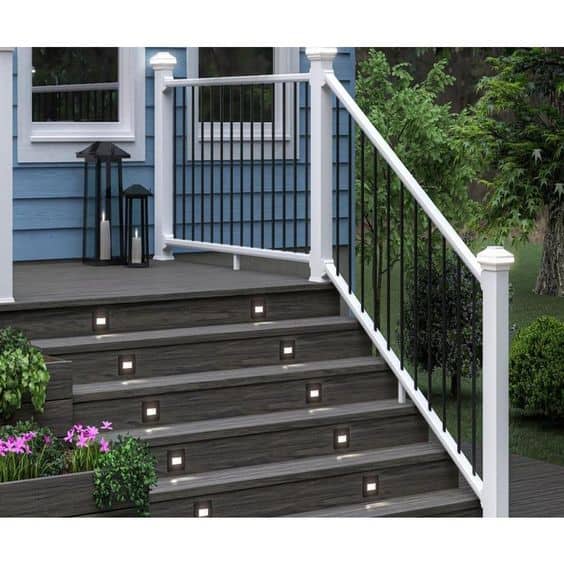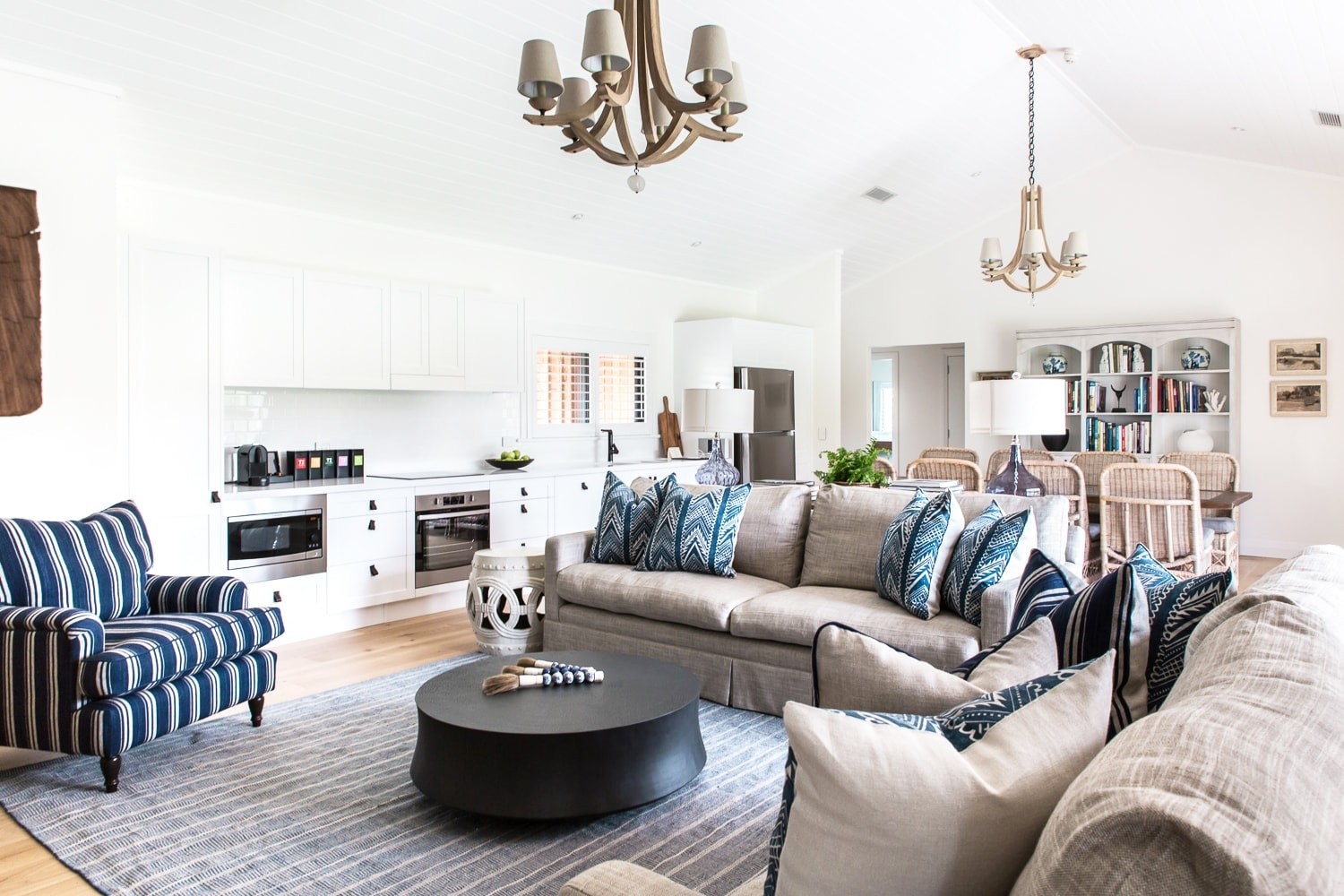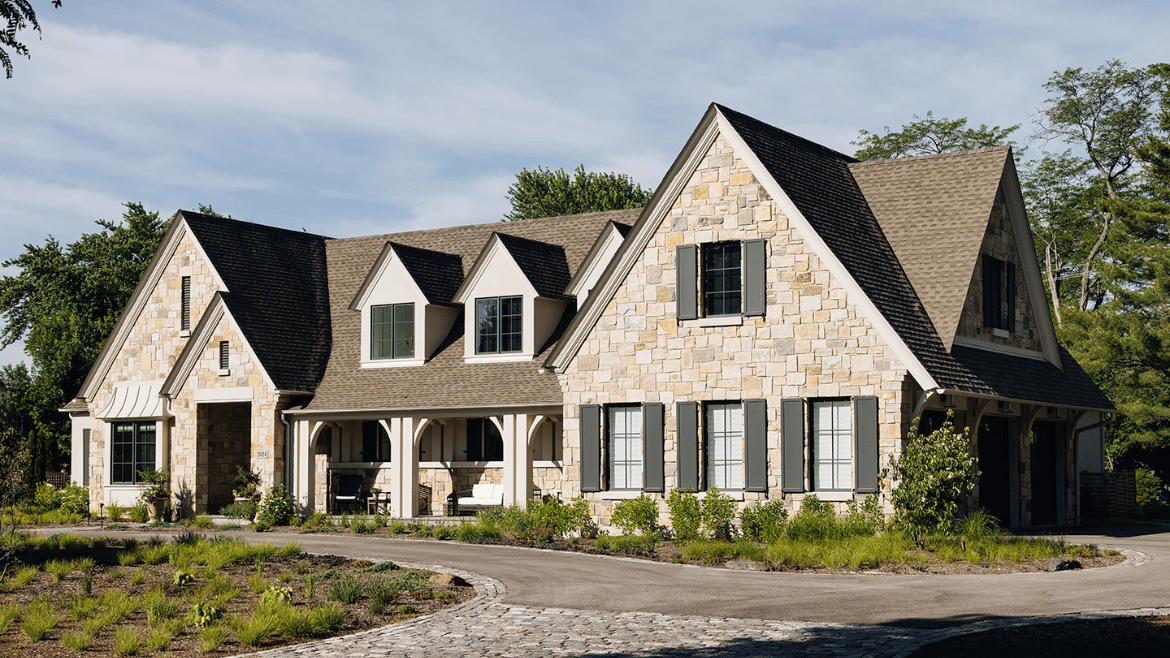
Modern colonial interior design relies on combining traditional elements with modern styling. These interiors are made with cool furniture and a variety of wallpapers. Modern colonial homes are built with open spaces and modern furnishings.
Colonial homes used wood for their main materials. But as time passed, many were built with brick, or other man-made materials. These houses are often described as having a "cottage" feel, and the owners often enjoyed renovations that included shiny finishes. Unfortunately, these homes become increasingly difficult to maintain as they age. However, the charm and history of these homes will not disappear. Modern fixtures and decorations could make these homes more livable.
These classic structures were often inspired from Dutch colonial houses with large covered porches, exposed fireplaces, and wide covered porches. Those with the time and money to decorate a colonial style house were often quite wealthy.

Colonial-style homes have large rooms and many windows. Some of these rooms are located on the top floors. They usually have a kitchen at the first floor.
These homes feature large fireplaces that let in lots of light. Interiors can be decorated with a variety patterned wallpapers, murals, and paintings. These walls have neutral and light colors. The softer colors are a great way to add some interest to a room, without it becoming too overwhelming.
Colors that are colonial-inspired include soft blues and greens as well as a variety patterned fabrics. These decorative elements can make a huge difference in a room, regardless of whether they are wallpaper or paintings.
Some modern colonial interiors have cool, new fixtures. These include ceiling fans, recessed lighting and daylight lightbulbs. These fixtures can modernize the space, but still retain its vintage charm.

A colonial home can have many of the same interior features as the rest. But you can also add an Asian flair. For a tropical climate, rattan is an excellent choice. Alternatively, copper pots and wrought iron candelabras would be ideal. They are strong and can be subtle additions to your colonial design.
It is important to incorporate classic, well-built items into your modern colonial interior. Wood is a wonderful material for floors and furniture. It is sturdy and can withstand all weather conditions. Pewter is a popular choice if you prefer metal.
You can use a variety hand-made textiles in a colonial style interior. These include throw pillows, blankets and quilts. These pieces can be purchased in antique stores, and will add a beautiful touch to your space. Plants can be added to your patio to help create a relaxing atmosphere and complement your home's natural colors.
FAQ
You can live in a house while it is being renovated.
Yes, you can live in your house while you renovate it.
Can you live in a house and have renovations ongoing? The time taken to complete the work will impact the answer. If the renovation process lasts less than 2 months, then yes, you can live in your home while it's under construction. If the renovation takes longer than two weeks, however, you can't live in your home during the construction.
You should not live in your house while there is a major building project underway. This is because you could be injured or even killed by falling objects on the construction site. A lot of heavy machinery is used at the jobsite, which can lead to noise pollution and dust.
This is especially true if you live in a multi-story house. In this case, the sound and vibration created by the construction workers might cause severe damage to your property and its contents.
As we mentioned, temporary housing will be necessary while your home is being renovated. This means that you won't have access to all the amenities that come with your own home.
You won't be allowed to use your dryer or washing machine while they are being repaired. You will also have to put up with the smell of paint fumes and other chemicals as well as the loud banging sounds made by the workers.
All these factors can lead to stress and anxiety among you and your family members. Therefore, it is important to plan ahead in order not to feel overwhelmed by the situation.
It is important to research before you start renovating your house. This will help you avoid costly mistakes down the road.
You should also seek professional help from a reputable contractor to ensure everything runs smoothly.
How long does it take to complete a home renovation?
It all depends on the project's size and how many hours you spend each week. The average homeowner works on the project for three to six hour a week.
In what order should home renovations be done?
First, decide where you want everything to go in your renovations. If you intend to sell your home in the near future, you need to think about how you will present it to potential buyers. The design of your kitchen and living room should be considered. Once you have decided which rooms you want to renovate, you should start looking for contractors who specialize in those areas. Finally, once you have hired a contractor, you should begin working on your renovation project.
Should I hire an architect or builder?
You might find it easier to hire someone to do your home renovations. But if your goal is to buy a house, hiring an architect/builder will ensure that you get the home you desire.
Statistics
- It is advisable, however, to have a contingency of 10–20 per cent to allow for the unexpected expenses that can arise when renovating older homes. (realhomes.com)
- On jumbo loans of more than $636,150, you'll be able to borrow up to 80% of the home's completed value. (kiplinger.com)
- According to the National Association of the Remodeling Industry's 2019 remodeling impact report , realtors estimate that homeowners can recover 59% of the cost of a complete kitchen renovation if they sell their home. (bhg.com)
- A final payment of, say, 5% to 10% will be due when the space is livable and usable (your contract probably will say "substantial completion"). (kiplinger.com)
- Rather, allot 10% to 15% for a contingency fund to pay for unexpected construction issues. (kiplinger.com)
External Links
How To
How do I plan a whole house remodel?
Planning a whole house remodel requires careful planning and research. There are many things you should consider before starting your project. You must first decide what type home improvement you want. You can choose from a variety of categories, such as kitchen or bathroom, bedroom, living space, or living room. Once you have decided which category you wish to work in, you will need to determine how much money you have to spend on your project. If you have never worked on homes, it is best to budget at most $5,000 per room. You might be able get away with less if you have previous experience.
Once you've determined the amount of money you can spend, you need to decide how large a job you want. For example, if you only have enough money for a small kitchen remodel, you won't be able to add a new flooring surface, install a new countertop, or even paint the walls. However, if enough money is available to complete a kitchen renovation, you should be able handle most things.
The next step is to find a contractor who specializes in the type of project you want to take on. This will ensure you get quality results and save you a lot of hassle later. After you have selected a professional contractor, you can start to gather materials and supplies. It depends on how large your project is, you might need to buy everything made from scratch. There are many stores that offer pre-made products so it shouldn't be difficult to find what you need.
After you've gathered all the supplies you need, it's time to begin making plans. Begin by sketching out a rough plan of where furniture and appliances will be placed. The next step is to design the layout of the rooms. It is important to allow for electrical and plumbing outlets. You should also place the most frequently used areas closest to the front door, so visitors have easy access. The final step in your design is to choose colors and finishes. In order to avoid spending too much money, stick to neutral tones and simple designs.
Now that you're finished drawing up your plan, it's finally time to start building! It's important that you check the codes in your area before you start construction. Some cities require permits. Other cities allow homeowners without permits. Before you can begin construction, remove any walls and floors. To protect your flooring, you will lay plywood sheets. Next, nail or screw pieces of wood together to form the frame that will house your cabinets. Finally, attach doors to the frame.
When you're done, you'll still have a few finishing touches to do. You'll likely want to cover any exposed wires and pipes. You will need to use tape and plastic sheeting for this purpose. Also, you will need to hang mirrors or pictures. Just remember to keep your work area clean and tidy at all times.
These steps will help you create a functional, beautiful home that is both functional and attractive. Now that your house renovation plan is in place, you can get started.